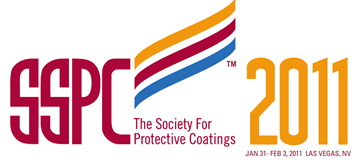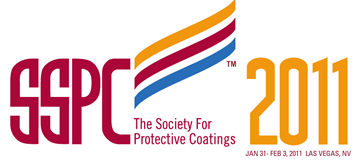Search
Products tagged with 'life cycle cost'
View as
Sort by
Display
per page
11039 The Progress of Newly Developed Fluoro-polymer Topcoat Systems Weathering performance and track records since the 1980’s
Product Number:
51300-11039-SG
ISBN:
2011 11039 CP
Publication Date:
2011
$20.00
A Value Engineered Solution…Value to Whom?
Product Number:
51218-115-SG
Publication Date:
2018
$20.00
Advances in Fluoropolymer Resins for Long-Life Coatings
Product Number:
41206-230-SG
Publication Date:
2006
$20.00
Environmental and Economic Impact of Utilizing Climate Control Measures During Surface Preparation and Coating
Product Number:
41211-646-SG
Publication Date:
2011
$20.00
Life-Cycle Cost Evaluation Of Corrosion Mitigation Strategies In Mining Industry
Product Number:
51322-18146-SG
Publication Date:
2022
$20.00
Practical Considerations for the Life Cycle Evaluation of Zinc Rich Coatings Galvanized Steel and Thermal Sprayed Metals for Industrial Structures in Moderate Environmental Exposures
Product Number:
41207-339-SG
Publication Date:
2007
$20.00
Self-Stratifying Coatings - The Next Generation in Performance
Product Number:
41211-585-SG
Publication Date:
2011
$20.00







